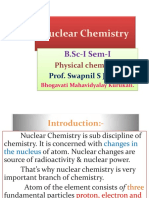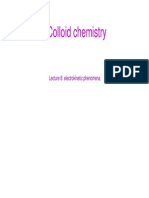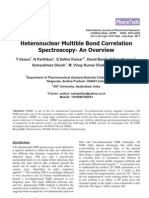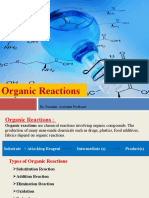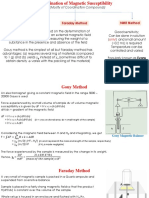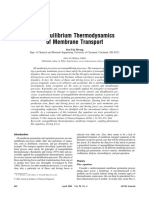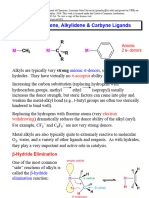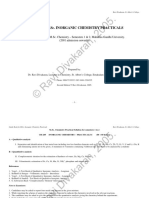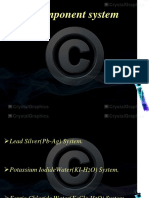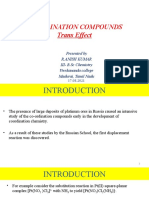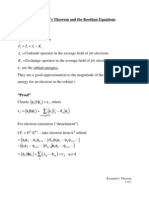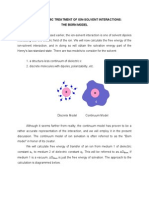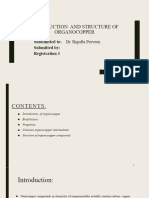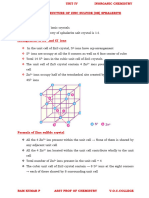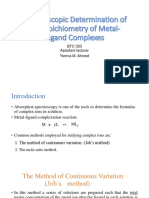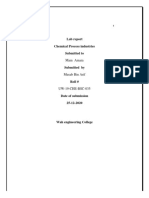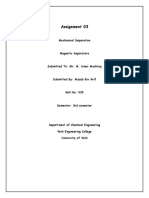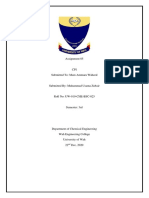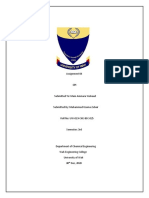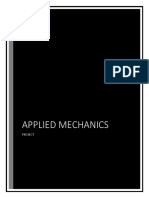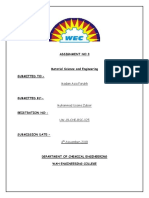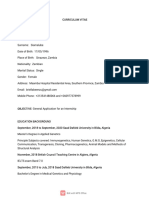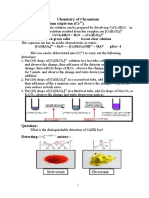0% found this document useful (0 votes)
345 views6 pagesAssignment 06..
Organometallic chemistry is the study of compounds containing carbon-metal bonds. Some important developments include Zeise's salt, ferrocene, and Grignard reagents. Organometallic compounds find wide use as catalysts in important industrial processes like hydrocarbon polymerization and hydrogenation. They undergo reactions like oxidative addition, reductive elimination, and migratory insertion. Overall, organometallic compounds are important in research and industry.
Uploaded by
Muhammad UsamaCopyright
© © All Rights Reserved
We take content rights seriously. If you suspect this is your content, claim it here.
Available Formats
Download as PDF, TXT or read online on Scribd
0% found this document useful (0 votes)
345 views6 pagesAssignment 06..
Organometallic chemistry is the study of compounds containing carbon-metal bonds. Some important developments include Zeise's salt, ferrocene, and Grignard reagents. Organometallic compounds find wide use as catalysts in important industrial processes like hydrocarbon polymerization and hydrogenation. They undergo reactions like oxidative addition, reductive elimination, and migratory insertion. Overall, organometallic compounds are important in research and industry.
Uploaded by
Muhammad UsamaCopyright
© © All Rights Reserved
We take content rights seriously. If you suspect this is your content, claim it here.
Available Formats
Download as PDF, TXT or read online on Scribd
/ 6


